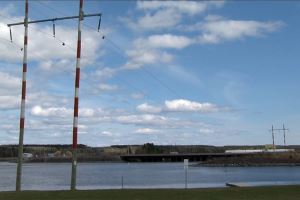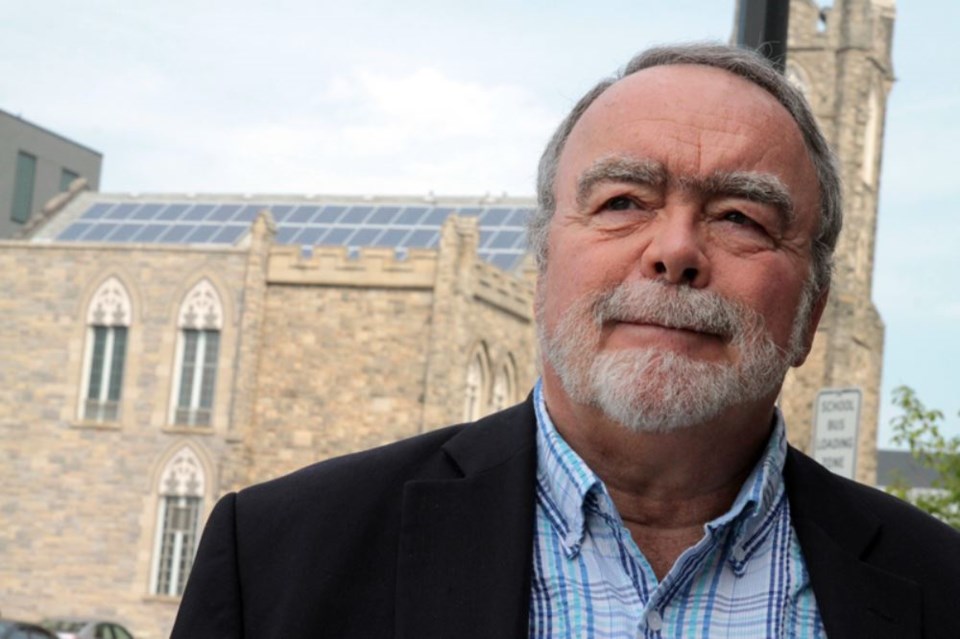THUNDER BAY – As the provincial energy grid expands over the next decade to include remote First Nations and new mines, regional leaders suggest the need for new power infrastructure is becoming more urgent.
The Common Voice Northwest Energy Task Force is pleased to hear Friday’s announcement that 16 remote First Nations will be connected to the provincial energy grid by 2024 but it will continue its lobbying efforts over increasing transmission capacity.
Although the group's co-chairman believes the capacity and transmission capabilities can support First Nations north of Pickle Lake, Iain Angus insisted prospective projects that have demonstrated need elsewhere in the region ought to enjoy the same treatment.
“We’re pleased with the decision by the province to designate (Watay) Power as a priority project, which means they don’t have to go through a needs assessment before the OEB (Ontario Energy Board,)” Angus said.
“We’re saying that treatment should be applied to the Ear Falls/Red Lake line as well as the Nipigon to Greenstone line. They need power urgently there as well.”
Angus pointed to a prospective 230-kilovolt line to be constructed between Dryden and Ear Falls that would complement the existing 115-kilovolt line.
He also urged Ontario to prioritize the $8-million upgrade to that corridor’s existing line, which he said could be accomplished in one construction year.
The Independent Electricity System Operator’s North of Dryden Plan http://www.ieso.ca/Pages/Ontario's-Power-System/Regional-Planning/Northwest-Ontario/North-of-Dryden.aspx estimates those projects would cost a combined $124-million and its website suggests they would “more than double” the Red Lake area’s ability to meet demand.
The task force and the IESO have frequently disagreed on the number of mines under realistic development and that variable will have a deep impact on energy need.
Angus counts prospective mines near Dryden, Ear Falls and several in Red Lake whose development could compromise the area’s energy security.
 “The IESO has unfortunately taken an extremely cautionary approach and we may be at risk because of it,” Angus said.
“The IESO has unfortunately taken an extremely cautionary approach and we may be at risk because of it,” Angus said.
IESO director of transmission integration Joe Tonneguzo said his office will follow industrial development closely.
“It (the plan) does indicate that there are some upgrades to those in Red Lake required as well,” he said.
“If only remote communities were to be connected, I believe the lines are adequate but we’re forecasting in the North of Dryden plan some industrial growth and some upgrading of the lines would be required.”
Transmission construction is conditional on proponent financial support, which in the Red Lake area, tend to be mining companies.
Red Lake economic development officer Bill Greenway said if the six First Nations in the Treaty 5 territory northeast of Red Lake were added to the grid under today’s supply, it would leave Red Lake with only three megawatts of energy.
That wouldn’t be enough to support the mines he expects to develop by the time the Watay project is complete.
“They don’t have to do a thing to upgrade the line to put on the First Nations because the free power is there already but if somebody beats them to it, there’s going to be a major line upgrade required to do this,” Greenway said.
“In all cases, they need a proponent. They don’t have any proponent right now that I know of that ‘s doing the E4D (Dryden to Ear Falls) or the E4R (Ear Falls to Red Lake).”
